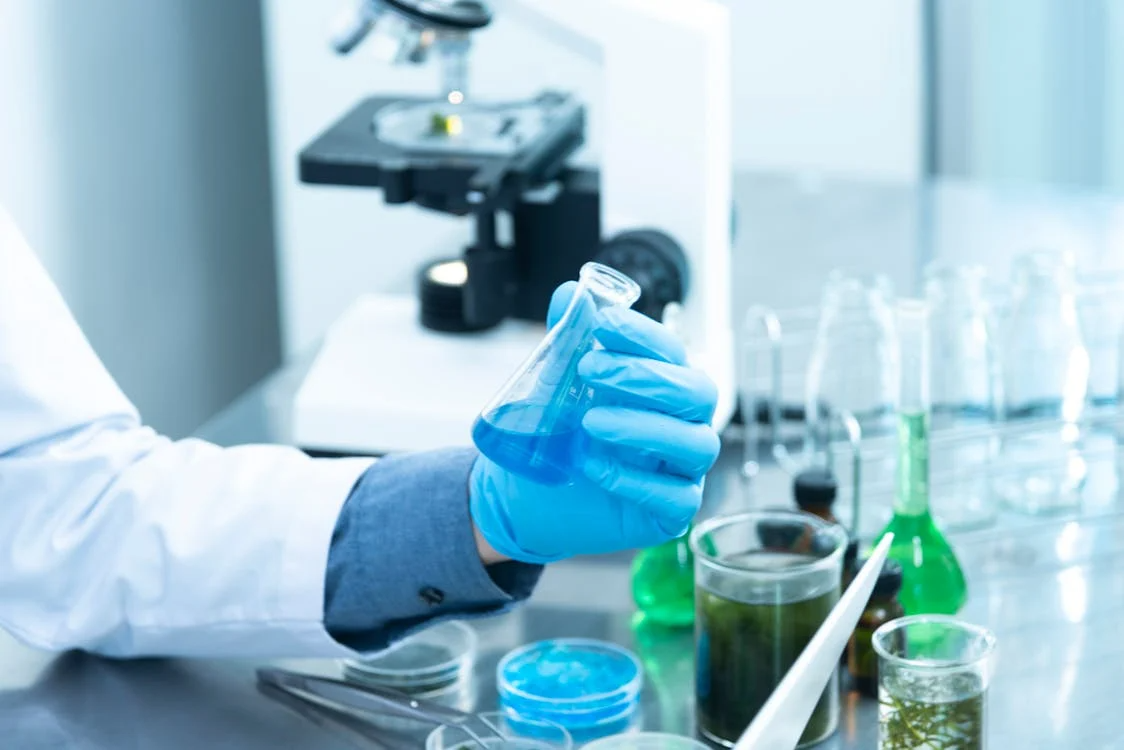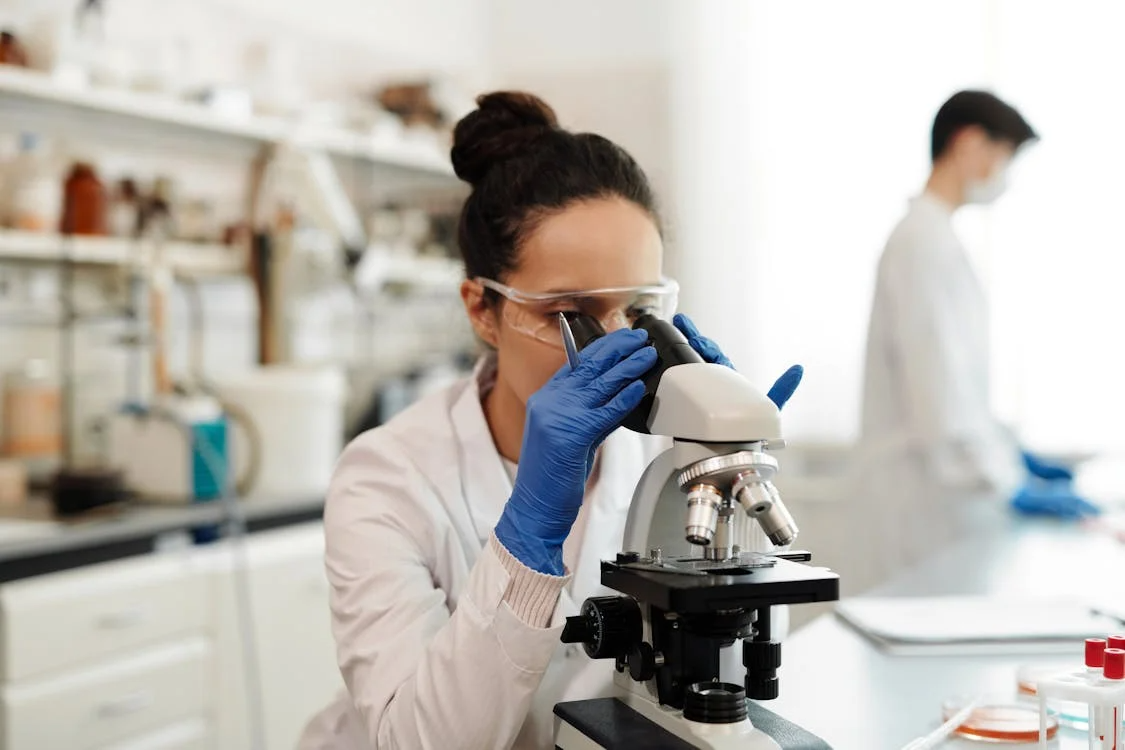
Explore the precision and power of plate-based light meters, including microplate readers, fluorescence plate readers, luminometers, and absorbance plate readers. Learn how these technologies enhance scientific research, pharmaceutical development, and environmental monitoring through automation and advanced data analysis.
The evolution of light measurement technology has led to significant advancements in both precision and power, particularly through the development of plate-based light meters. These devices are integral in various scientific fields, including biology, chemistry, and environmental studies. Utilizing these light meters allows researchers to gauge luminescence and fluorescence in samples efficiently. Their design enables the measurement of multiple samples simultaneously, which can drastically reduce the time and resources needed for analysis. As these technologies advance, understanding the different types of plate-based light meters available on the market becomes important for selecting the most appropriate tool for specific applications.
Microplate Readers
Microplate readers are arguably the most widely used type of plate-based light meters. They are designed for high-throughput applications, accommodating various assay types, including ELISA, fluorescence, and luminescence measurements. These meters can analyze 96, 384, or even 1536 wells simultaneously, making them invaluable for screening hundreds of samples within a brief timeframe. The efficiency of microplate readers stems from their ability to measure light absorbance, reflectance, or fluorescence across multiple wavelengths and adapt the usage according to the specific assay.
Generally, microplate readers utilize a monochromator or filter-based optical system to capture data precisely. This adaptability allows researchers to conduct a plethora of assays without needing multiple machines. Not all microplate readers are created equal. Some models cater specifically to fluorescence and luminescence, whereas others are suited for absorbance. Importantly, the integration of robotic systems can further enhance their capabilities, enabling automation of sample handling and reducing human error. With the data output from microplate readers, researchers can achieve accurate statistical analysis and interpret results quickly.
Fluorescence Plate Readers
Fluorescence plate readers specialize in measuring the fluorescent signals emitted from tagged samples. Unlike standard absorbance readers, these instruments require specific filters or monochromators tailored for the excitation and emission wavelengths of fluorescent dyes. The precision of fluorescence measurements allows for the detection of low-concentration analytes, making them preferred for applications that require high sensitivity. Researchers often utilize fluorescence plate readers in molecular biology applications, such as nucleic acid quantification, protein-protein interaction studies, and cellular imaging.
The key to their effectiveness lies in the combination of high-intensity light sources and sensitive detection systems. These components work together to maximize the signal-to-noise ratio, ensuring meaningful results can be extracted even from complex biological samples. Many fluorescence plate readers feature advanced functionalities, such as temperature control and shaking capabilities, to enhance experimental conditions. As a result, these devices offer more than just measurement through optimal assay conditions. Researchers can trust the consistency and quality of data obtained from fluorescence plate readers, empowering them to make informed conclusions about their experiment’s outcomes.
Luminometers
Luminometers are specialized light meters designed for quantifying light emissions from chemiluminescent and bioluminescent reactions. Incorporating technologies like microplate luminometers into standard practices is revolutionizing how laboratories operate, streamlining workflows while increasing output and reliability. They provide an important advantage for researchers measuring cellular responses, enzyme activity, or detecting specific biomarkers. Operating mainly on the principle of light emitted without an external light source, luminometers inherently excel in their sensitivity and specificity. The high-performance optics and detecting technologies embedded in luminometers can ensure results are accurate in a wide range of experimental scenarios.
Given that they measure light in relatively dark conditions, luminometers minimize interference from ambient light, thus delivering quality results. This type of plate-based light meter is crucial in drug discovery and molecular research, where understanding interactions at the molecular level is important. Researchers appreciate luminometers for their operational simplicity, often comprising just a few steps for setup and execution. The data generated from luminometers can be processed quickly, enabling experiments to accelerate through various stages for timely results, enhancing productivity in research labs.
Absorbance Plate Readers
Absorbance plate readers represent a crucial element in colorimetric assay workflows. They are specifically designed to measure the amount of light absorbed by a sample at specific wavelengths, which can correlate directly with sample concentration. Laboratories often use these readers for assays in various fields, such as biochemistry and environmental science, including enzyme-linked immunosorbent assays (ELISAs) and protein quantitation. The mechanics of absorbance readings involve a light source, commonly using tungsten or xenon lamps, and a photodetector to capture the light that passes through the specimen.
The data obtained can help researchers understand the concentration of substances in samples, which is vital for experiments requiring quantitative analysis. Using absorbance plate readers frequently yields reproducible and reliable data, ensuring confidence in scientific reporting and peer evaluation. Absorbance plate readers can often be enhanced with additional functionalities, including temperature regulation and micro-volume detection. This adaptability ensures that researchers work within optimal conditions for their assays and allows for a diversity of usage, providing flexibility that meets various research needs.
Quality Control
Maintaining high-quality standards in laboratory settings necessitates thorough quality control protocols for plate-based light meters. Calibration is important to ensure that measurements remain accurate. Most reputable plate readers incorporate user-friendly calibration functions that include blank and sample measurements for systematic results. Regular maintenance and routine quality checks help ensure that the instruments provide consistent and accurate data, crucial when relying on such equipment for critical research results.
External quality assurance programs can further improve confidence in the results obtained from plate-based light meters. These programs generally entail inter-laboratory comparisons, where labs periodically compare results obtained from the same samples. Engaging in such programs ensures that laboratories follow consistent best practices and can identify any discrepancies in their methodologies. Electronic records and logging of data from quality control checks support accountability in experimental outcomes. Integrating these practices creates a robustness that enhances the credibility of research data while facilitating compliance in regulated environments.
Applications in Pharmaceutical Research
Pharmaceutical research is one of the leading fields that depends heavily on plate-based light meters. They are instrumental in high-throughput screening (HTS) processes aimed at identifying potential drug candidates. Utilizing microplate readers and other light-measuring equipment allows researchers to screen vast libraries of compounds quickly and effectively. In this context, every assay utilizing a plate-based light meter correlates with potentially revolutionary treatments and lives saved.
Plate-based light meters enhance the robustness of the data generated during drug discovery. Accurate quantification of hit compounds, optimization of lead candidates, and compound profiling are positive outcomes of employing such technologies. Continuous advances in plate technology contribute to pharmaceutical research by anticipating experimental needs, integrating automation for efficiency, and facilitating your research aim. Reliance on these advanced technologies promotes the swift progression of projects to clinical trials, where emerging therapies can offer new hope to patients.
Environmental Monitoring
Another expanding domain for the application of plate-based light meters is environmental monitoring. These devices play a key role in assessing environmental quality through evaluating pollutants, toxins, and microbial activity in various matrices such as soil, water, and sediments. Their ability to measure light absorption, fluorescence, and luminescence is particularly useful in studying the presence and concentration of specific contaminants. The measurement capabilities offered by plate-based light meters allow researchers to monitor environmental changes accurately.
These assessments create a better understanding of ecological impacts, contributing to regulatory frameworks aimed at maintaining environmental safety. Field studies rely heavily on the capabilities of light meters for gathering immediate data during site evaluations, ensuring timely action in response to environmental disturbances. Integrating the latest light measurement technologies is transforming how environmental research is conducted, empowering researchers to provide valid assessments to guide policy development.
Integration with Automation
The future of plate-based light meters increasingly leans towards automation and digital integration. As laboratory workflows become more intricate and demand higher throughput, integrating automation demonstrates a pathway toward achieving efficiency. Automated systems can handle liquid transfer operations, plate loading, and data collection without manual intervention. This reduction in human error significantly enhances data quality and reproducibility, which are critical aspects of scientific studies.
Emerging technologies like artificial intelligence are making their way into the realm of plate-based light meters. AI can analyze experimental results rapidly and provide insights beyond traditional data interpretations. Machine learning algorithms can compare vast data sets to uncover hidden patterns and relationships that manual analysis might overlook. Integrating these forward-thinking technologies boosts productivity and revolutionizes how researchers engage with light measurement. Robust software platforms increasingly accompany many plate-based light meters. These platforms offer comprehensive data management solutions that facilitate result analysis and sharing among research teams.
Choosing the Right Plate-Based Light Meter
Selecting the appropriate plate-based light meter hinges on specific research needs and applications. Factors to consider include the type of assays being conducted, the volume of samples, required sensitivity, and throughput capabilities. Assessing compatibility with existing laboratory protocols and automation solutions is equally important. The diversity of available plate-based light meters demands thorough consideration before procurement.
Consulting with manufacturers and evaluating user reviews can provide valuable insight, enabling researchers to identify the most fitting equipment for their experiments. Developing a comprehensive understanding of present technologies conveys confidence in making informed decisions that align with experimental goals. Budgetary constraints and potential return on investments should come into play when evaluating different types of light meters. High-performance instruments can require significant investments, yet the benefits in research efficacy often justify these costs, particularly in competitive research environments.
In the exploration of plate-based light meters, it is evident that the diversity of technologies available caters to various applications across scientific disciplines. From microplate readers to specialized luminometers, each device serves a unique function, enabling researchers to acquire accurate, reproducible, and timely data. As advancements in technology continue to emerge, the future demands that researchers remain adept at selecting suitable instruments tailored to their specific needs. Each innovation opens new doors for exploration, establishing a landscape of possibilities to enhance scientific inquiry.
Was this news helpful?







 Yes, great stuff!
Yes, great stuff! I’m not sure
I’m not sure No, doesn’t relate
No, doesn’t relate



